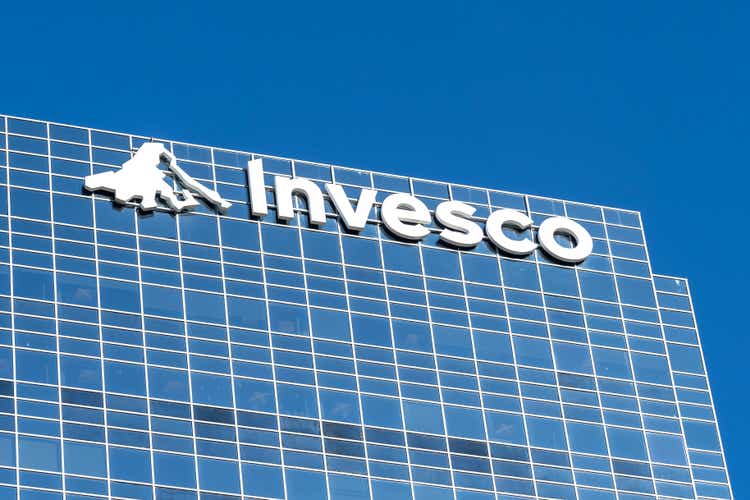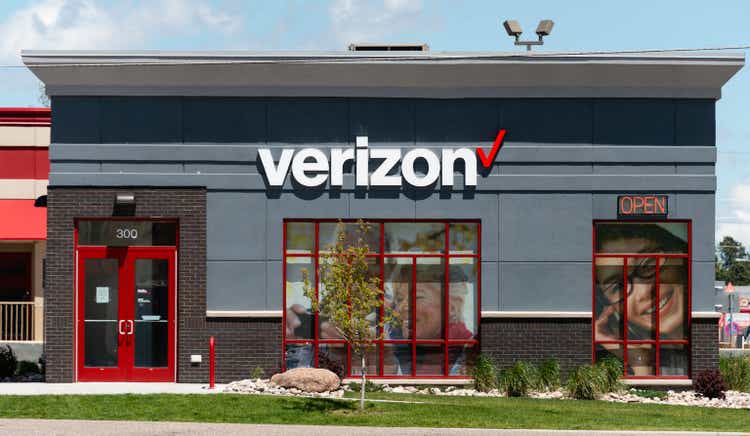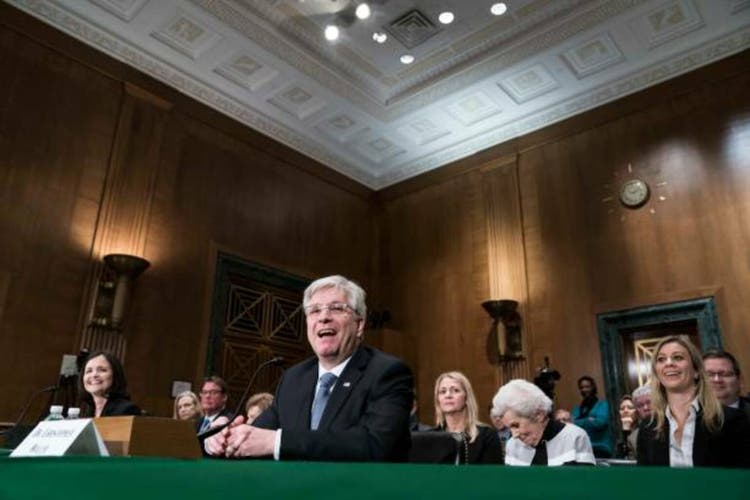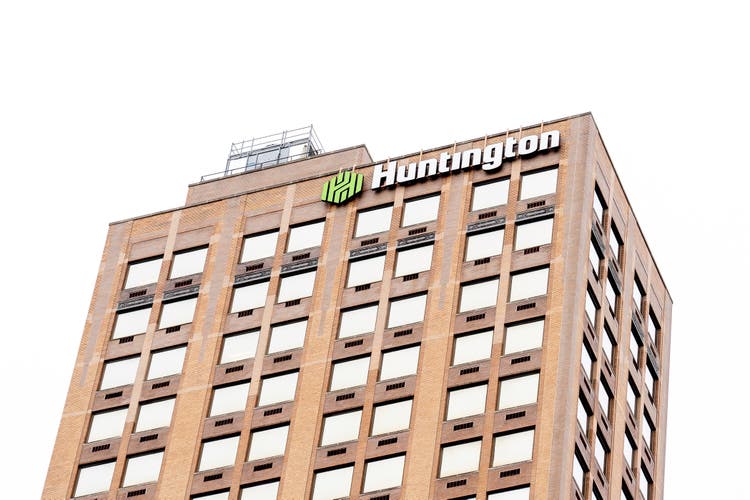Chevron won its hotly contested legal battle against rival Exxon Mobil, allowing it to immediately close its $53 billion acquisition of Hess on July 18 and give the Big Oil major access to arguably the biggest oil discovery of the century offshore of sparsely populated Guyana.
The long-awaited ruling from an arbitration panel overseen by the International Chamber of Commerce is a massive victory for Chevron and its CEO Mike Wirth who bet big on acquiring New York-based Hess despite the legal risks.
Shares of Chevron jumped more than 5% in pre-market trading as the energy giant gained access to more than 11 billion barrels of discoverable oil equivalent in what’s called the Stabroek Block and its 6.6 million acres offshore of Guyana in South America. Hess shares spiked about 11%.
“This merger of two great American companies brings together the best in the industry,” Wirth said in a statement. “The combination enhances and extends our growth profile well into the next decade, which we believe will drive greater long-term value to shareholders.”
Former Hess CEO John Hess also will join the Chevron board after a previous block was lifted July 17 by the Federal Trade Commission.
Chevron announced its planned all-stock acquisition of Hess in October 2023 with the goal of closing the deal no later than June 2024. In mid-2024, Chevron announced that scheduling challenges meant that the arbitration panel would not hear the case until May 2025, keeping the deal in limbo for a substantial period of time and making investors wary it would ever come to fruition.
Exxon, which made the Guyana discovery 10 years ago and operates the exploration and production there, had argued it had the right of first refusal for Hess’ ownership of the Guyana stake.
Chevron and Hess contended that right of refusal did not apply to the sale of the entire company.
The deal will make Exxon and Chevron partners in Guyana despite the rivalry and legal fight.
Exxon said it in a statement that it disagrees with the ruling but respects the end result.
“Given the significant value we’ve created in the development of the Guyana resource, we believed we had a clear duty to our investors to consider our preemption rights to protect the value we created through our innovation and hard work at a time when no one knew just how successful this venture would become,” Exxon stated.
“We welcome Chevron to the venture and look forward to continued industry-leading performance and value creation in Guyana for all parties involved,” Exxon added.
What Chevron wins
Exxon will continue to lead the Guyana partnership with its 45% ownership stake, and Chevron will join as a 30% owner. China’s CNOOC holds the remaining 25%.
RBC Capital analyst Biraj Borkhataria said many investors were sitting on the sidelines, awaiting the arbitration results, and that Chevron is now set to benefit. He said the industry can now move on beyond the “soap opera” and expect Chevron shares to outperform in the coming weeks.
He said the focus will eventually shift to Chevron’s free cash flow growth that comes from the deal going into 2026 and beyond.
The merger adds nearly 500,000 barrels of oil equivalent daily to Chevron’s portfolio, lifting its overall volumes from 3.35 million barrels a day to about 3.83 million barrels daily, based on their results from the first quarter.
The compares to Big Oil leader Exxon and its 4.55 million barrels of oil equivalent a day.
While the Guyana stake is considered the crown jewel of the Hess deal, it’s only one of the big parts of what Chevron acquires from Hess. The biggest source of oil and gas volumes for Hess is actually the maturing Bakken Shale in North Dakota. Hess holds 465,000 net acres of in the Bakken.
Chevron also acquires Hess’ assets in the Gulf of Mexico and its Southeast Asia natural gas business.
It is yet to be seen what, if any, Hess assets Chevron may seek to divest. Chevron already has large positions in both the U.S. Gulf and Asia.
This story was originally featured on Fortune.com

 3 hours ago
1
3 hours ago
1





















 English (US) ·
English (US) ·